Control_Panel_Fabrication_Best_Practices.pdf
Control Panel Fabrication Best Practices
- Make sure you have plenty of space in your panel design. A common mistake that is made in many control panels is when all of the hardware is crammed very closely together in order to use a smaller enclosure that will take up less room. While there are some cases when a small enclosure is required for a particular application, it is best practice use the a larger enclosure whenever ever possible. This allows room in your panel design to properly space all of your hardware and also allows for larger wire ducting to be used. Panels that have ample space tend be me more organized and cleaner as a general rule, while panels that have everything crammed into a small space tend to be more difficult to work in and are often less organized.
- Tap your holes instead of using self-tapping screws. It is common for many panel builders to use self-tapping screws to save time during the fabrication process. While it can save time, this type of fastener does not always provide the consistent, strong connection that may be needed for the hardware you intend to mount. This is especially true when hardware may need to be removed at some point and then later reattached. Holes that have been tapped prior to hardware installation will offer a stronger more consistent connection point that will last longer over time.
- Ensure that your wire ducting is large enough to accommodate all of the potential wire that may run through it. This is one of the most common mistakes that we see, and even fall victim to ourselves. It is very easy to undersize your wire ducting when designing a panel. This is because we commonly underestimate the amount of wire that will be run through the ducting, especially once that panel is installed in the field. It is important to always plan for your wire ducting to have extra room available once ALL wires have been run through it, including field wires. So make sure to really take time and think about the amount of conductors that will be used, and then ensure that you have enough room to accommodate those conductors with room to spare.
- When in doubt… label it. It is a very good practice to label wires in your panel, and in most cases is required by code. But, it is not always required to label the other types of hardware in your panel to meet code. UL standards dictate that you label that most relevant hardware, but again, not everything needs to be labeled. It is important to understand that any operators that may access this panel at a later date may not understand what the hardware in the panel is intended for. To make the panel as safe as possible, and to allow operators to function in the panel more efficiently, it is good idea to label everything that you feel may come into question. At times the labels may seem obvious, but it is still best practice to label everything clearly… so others can understand them.
- If possible, isolate all components with supplementary protection, such as a circuit breaker or fuse block. When wiring power to the various devices within a panel, there are many methods that can be taken, that can both be safe and meet code. This can include using a few branch circuit protectors for multiple devices throughout the panel. While this method works, and meets code, it is not best practice. When possible, it is a good idea to have the ability to isolate every device within the panel with some form of supplementary protection device. A supplementary protector is intended to provide protection for only one device at a time. So instead us using one breaker to protect the PLC, power supply, and network switch. A better method would be to have a protector for each device, that is sized specifically for the power requirements of that device. This does a few things… First, it allows you to isolate the device if needed… for repair or in order to replace the device, without the need to kill power to other devices in the panel. It also provides better protection for that specific device, because the protection being used is sized for only that device. Using supplementary protection in this way does require more time, money and space is the panel, but is by far the best way to distribute power to the various devices throughout the enclosure.
Transcript
[0m:4s] Hi I'm Josh Bloom, welcome to another video in the RSP Supply education series. If you find that these videos are helpful to you, it certainly helps us out if you could give us a big thumbs up and subscribe to our channel.
[0m:15s] In today's video, we are going to talk a bit more about industrial control panels.
[0m:20s] If you have not seen any of our other videos that talk about control panels, we will link some of those in the description below where we cover them in great detail.
[0m:30s] Today, I want to talk about some things that we should keep in mind when building control panels and offer some best practices that should be considered when you were starting this process.
[0m:41s] As is the case with many of our videos, the things we will discuss today are just some of the methods that we have found to be effective when fabricating control panels.
[0m:52s] However, there are many other methods and techniques that can be used that might work better for you and your particular application. So let's get to it.
[1m:0s] Number one, make sure you have plenty of space in your panel design. A common mistake that is made in many control panels is when all of the hardware is crammed very closely together in order to use a smaller enclosure that will take up less room.
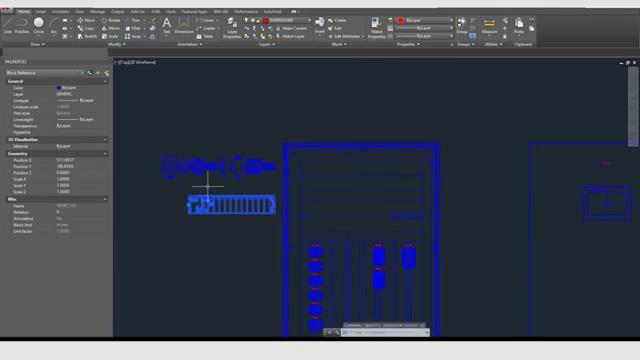
[1m:18s] While there are some cases when a small enclosure is required for a particular application, it is best practice to use the larger enclosure whenever possible.
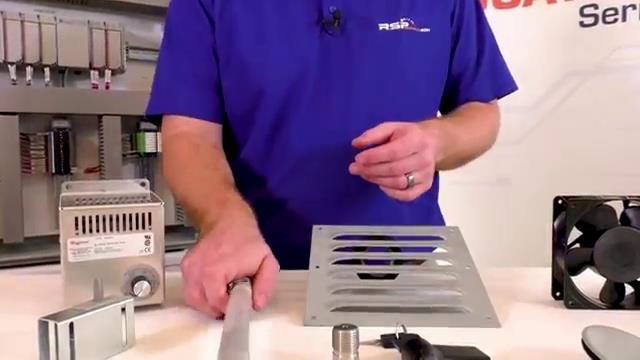
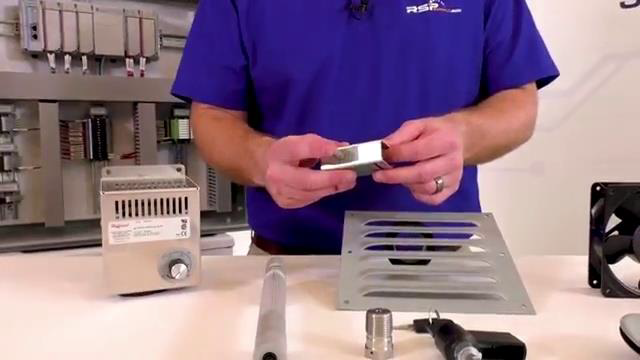
[1m:29s] This allows room in your panel design to properly space all of your hardware and allows for larger wire ducting to be used.
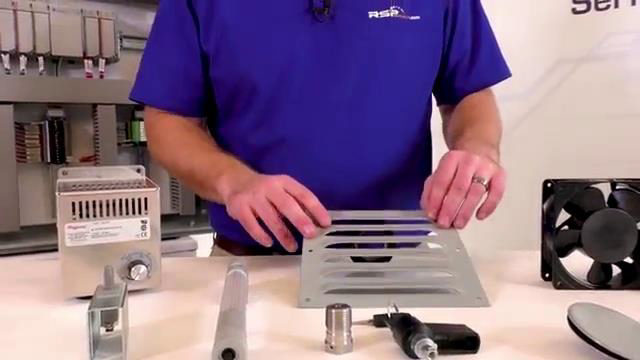
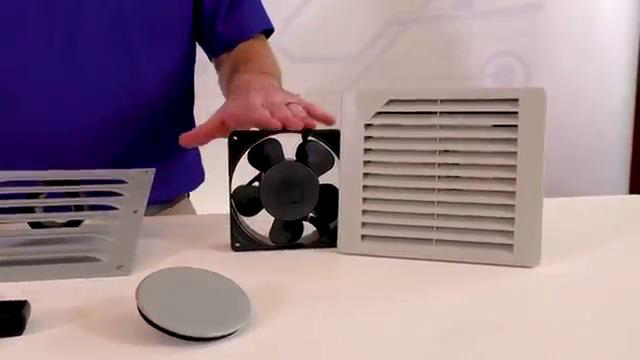
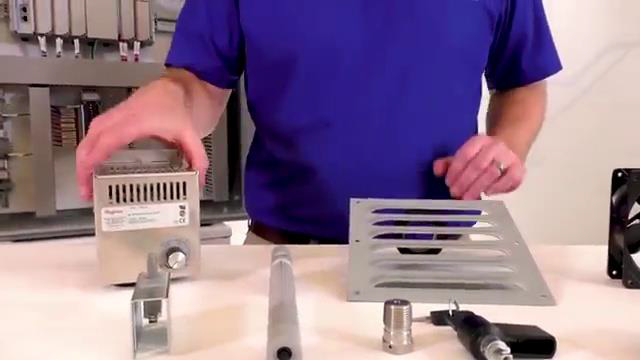
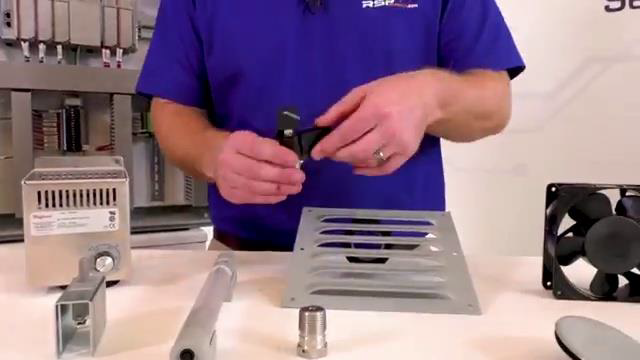
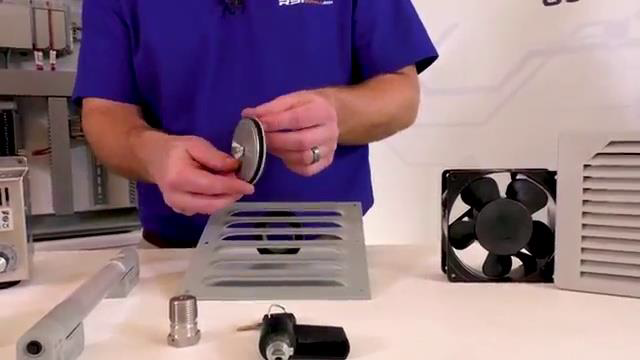
[1m:39s] Panels that have ample space tend to be more organized and cleaner as a general rule. While panels that have everything crammed into a small space tend to be more difficult to work in and are often less organized.

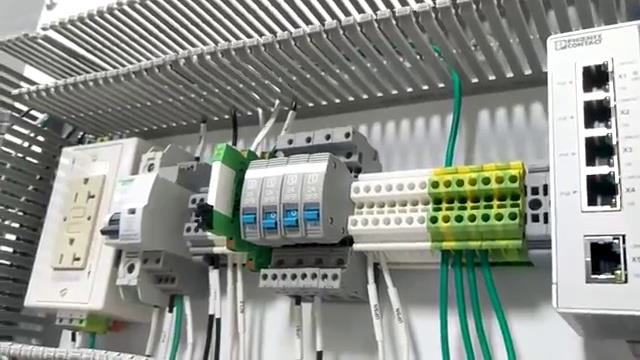
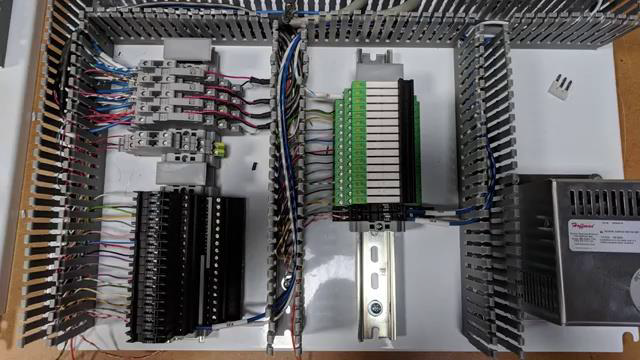
[1m:54s] Number 2:
[1m:55s] tap your holes instead of using self tapping screws.
[2m:0s] It is common for many panel builders to use Selftapping screws to save time during the fabrication process. While it can save time, this type of fastener does not always provide the consistent, strong connection that may be needed for the hardware you intend to mount.
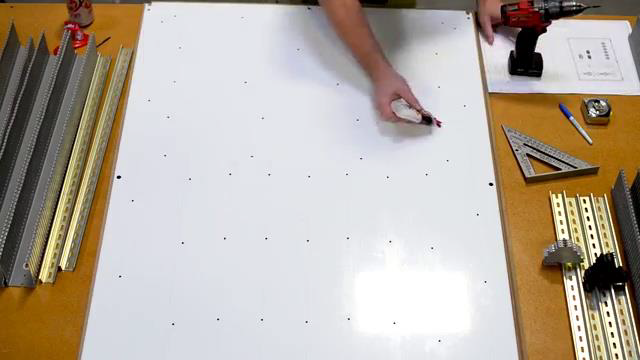

[2m:19s] This is especially true when hardware may need to be removed at some point and then later reattached.
[2m:27s] Holes that have been tapped prior to hardware installation will offer a stronger, more consistent connection point that will last longer over time.
[2m:37s] Number three: ensure that your wire ducting is large enough to accommodate all of the potential wire that may run through it.
[2m:47s] This is one of the most common mistakes that we see and even fall victim to ourselves. It is very easy to undersize your wire ducting when designing a panel.
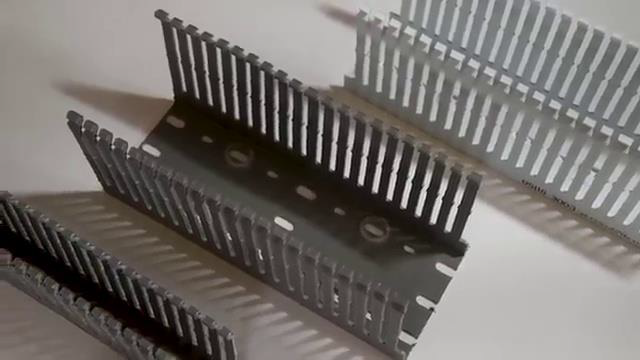
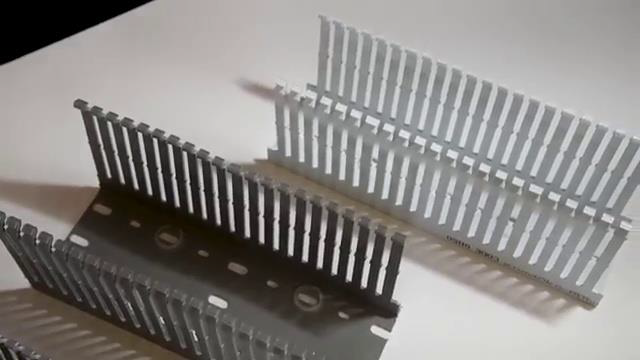
[2m:58s] This is because we commonly underestimate the amount of wire that will be run through the ducting, especially once that panel is installed in the field.
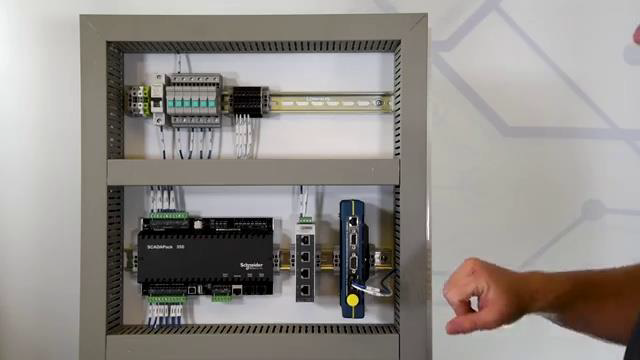
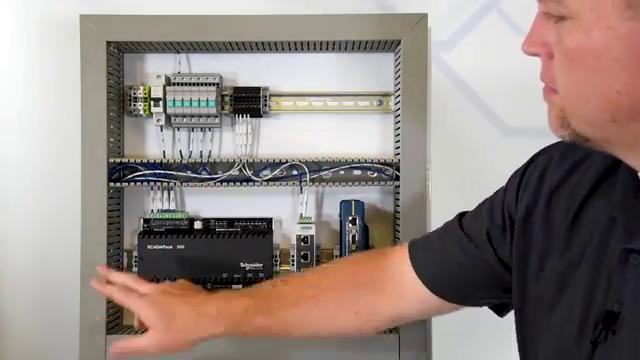
[3m:7s] It is important to always plan your wire ducting to have extra room available once all wires have been run through it, including field wires.

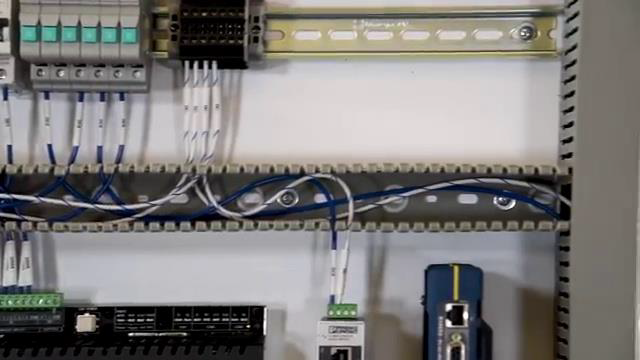
[3m:17s] So make sure to really take time and think about the amount of conductors that will be used, and then ensure that you have enough room to accommodate those conductors with room to spare.
[3m:29s] Number four, when in doubt, label it.
[3m:32s] It is a very good practice to label wires in your panel and in most cases is required by code, but it is not always required to label other types of hardware in the panel to meet code.
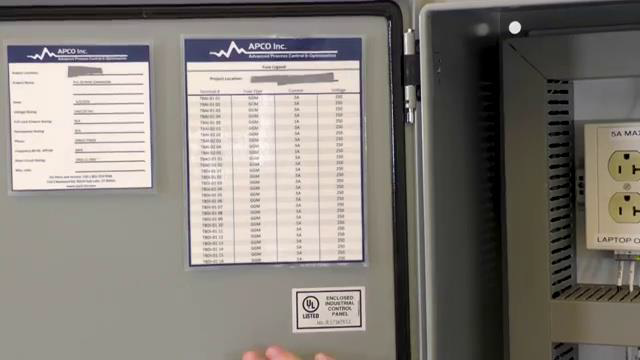
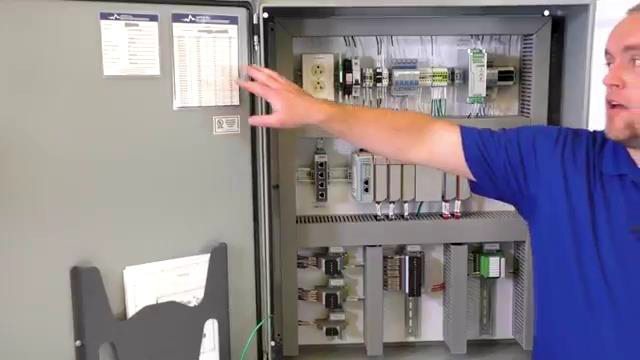
[3m:45s] UL standards dictate that you label the most relevant hardware, but again, not everything needs to be labeled.
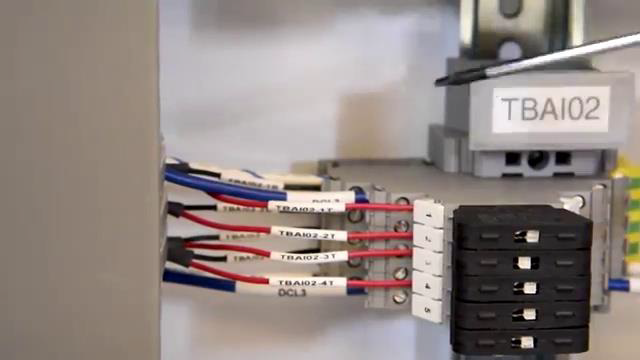
[3m:53s] It is important to understand that any operators that may access this panel at a later date may not understand what the hardware and the panel is intended for.
[4m:2s] To make sure the panel is as safe as possible and allow operates to function in the panel more efficiently, it is a good idea to label everything that you feel may come into question.
[4m:14s] At times, the labels may seem obvious, but it is still best practice to label everything clearly so that others can understand them.
[4m:23s] Lastly, number five, if possible isolate all components with supplementary protection such as a circuit breaker or fuse block.
[4m:33s] When wiring power to the various devices in a panel, there are many methods that can be taken that can both be safe and meet code.
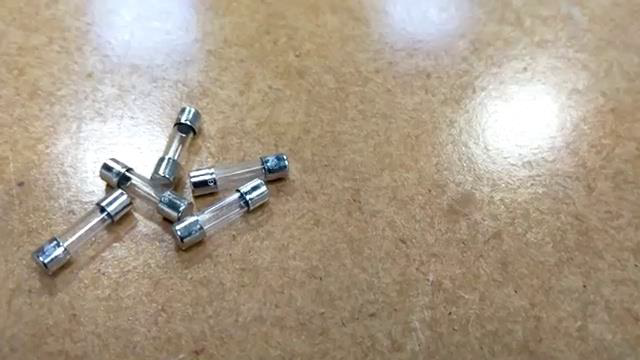
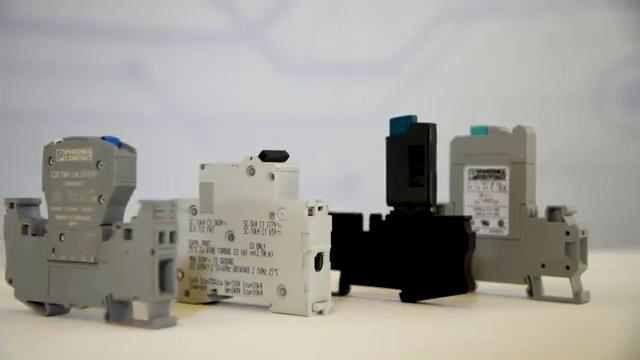
[4m:42s] This can include using a few branch circuit protectors for multiple devices throughout the panel. While this method works and meets code, it is not best practice. When possible it is a good idea to have the ability to isolate every device within the panel with some form of supplementary device. A supplementary protector is intended to provide protection for only one device at a time, so instead of using one breaker to protect the PLC, power supply, and network switch, a better method would be to have a protector for each device that is sized specifically for the power requirements of that device. This does a few things. First, it allows you to isolate the device if needed for repair or in order to replace the device without the need to kill power to other devices in the panel.
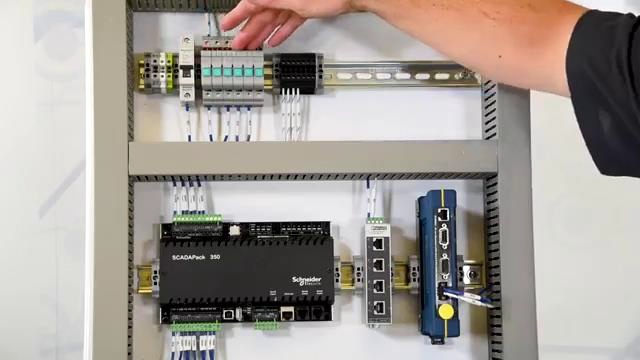
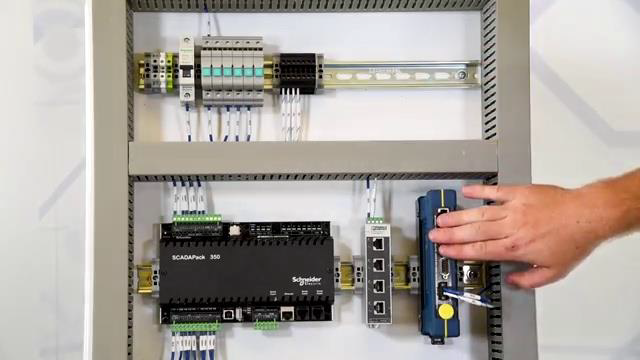
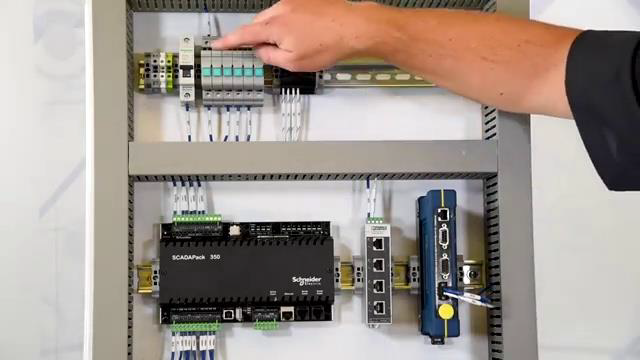
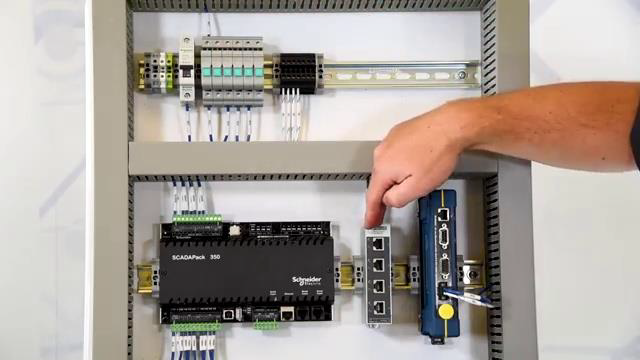
[5m:41s] It also provides better protection for that specific device because the protection being used is sized for only that device. Using supplementary protection in this way does require more time, money, and space in the panel, but is by far the best way to distribute power to the various devices throughout the enclosure.
[6m:3s] For a full line of industrial control panel hardware and thousands of other products, please go over our website. For more information or other educational videos, go to RSPSupply.com, the Internet's top source for industrial hardware. Also, don't forget: like and subscribe.




